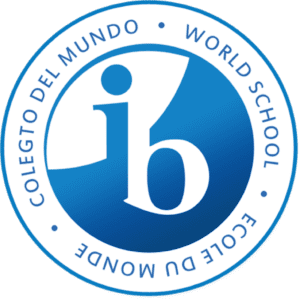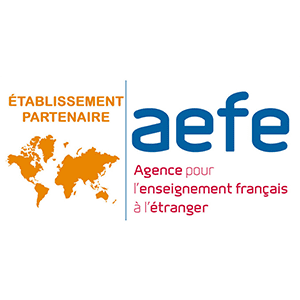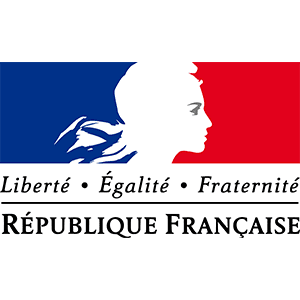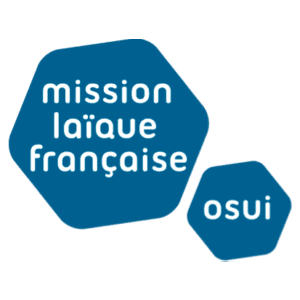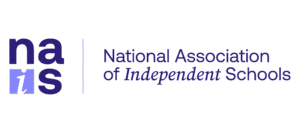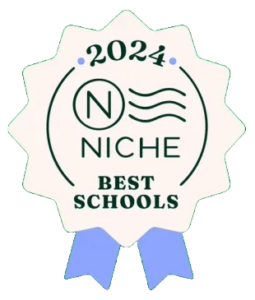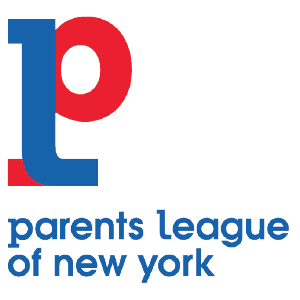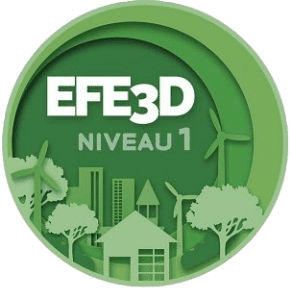What Is Inquiry-Based Education?
As an educator or parent, few things are questioned more than how to spark learning interest in our children. Trying to find what motivates our children to learn and avoid the dreaded “I don’t know” answers can be a daunting task. Because of this, many are turning to a technique known as inquiry-based education. So just what is inquiry-based education?
What Is Inquiry-Based Education
Inquiry-based (IB) education “is more than asking a student what he or she wants to know… it’s about triggering curiosity,” explains the George Lucas Educational Foundation. Essentially, IB learning places the responsibility of learning on the shoulders of the students rather than emphasizing teaching by the educators. In other words, it is finding a way to pique children’s natural interest to learn and using that as fuel to continue learning further.
By utilizing tactics that shift the learning process from the responsibility of the teacher to being led by individual students, IB education creates a more engaging educational experience. It is a strategy that goes beyond the books and encourages children to think freely and deeply to form their own understanding of various subjects.
Piquing Curiosity
The most important aspect of IB education is piquing the curiosity of students. Finding out what motivates them and getting children to take the reins of their own education is at the root of this learning process. So how do you go about triggering their drive to learn?
This is, perhaps, the most difficult aspect of IB learning, and not one that has a direct answer. For some, motivation can be as simple as keeping it relatable (scenarios about Christmas gifts or Halloween candy for example), while others have better luck using things that spark creativity or imagination (artwork, videos, puzzles).
“You have to model your own curiosity quotient – that hunger to learn that defines how we advance our knowledge of the world… think about your content area… What new piece of information might help you trigger your own enthusiasm that can then trigger your students’ curiosity?” writes Edutopia.org.
The Scientific Method
Once you have discovered what interests them, the next step in IB learning is to switch the focus from teaching to learning. How? Students are urged to come up with their most burning questions about the topic.
Think of the IB learning process in terms of the Scientific Method. First, ask students to observe the topic you presented to them and ask them to give it some thought. Once they familiarize themselves with the topic, have them form questions and think of possible answers to their questions. Ask them to come up with potential solutions or experiment with different outcomes of the scenario before taking another look at their progress and concluding what they’ve learned.
Step 1: Look at the Topic
If utilizing a method similar to the scientific method, once your students’ curiosity is piqued, ask them to take note of what they see. Have them document scenarios, write or discuss down details, and simply describe what it is that is in front of them.
This process will help them to better identify a topic and give them additional information for the next few steps. Encourage children to be as detailed as possible in their descriptions. This step is one of the greatest benefits of IB learning: noticing what’s around them and deciphering what aspects are most important to their scenarios.
Step 2: Question, Question, Question
After students have had ample time to note what is in front of them, the next step is to heavily emphasize their curiosity. This is done by getting them to begin questioning what they see. IB learning focuses on inquiry, or the desire to learn more, which begins by asking questions.
In this step, students are encouraged to think critically about the scenario in front of them and document any questions they may have. No question is off the table, and the more they question, the deeper their understanding will be so encouragement is the key. The most effective questions are the ones that drive students to have even more questions, so the focus of an educator in IB learning is more on sparking interest and less on giving answers.
Step 3: Research Their Questions
Once students have come up with their most intriguing questions, it’s time to find the answers. With IB learning, however, the students are in charge of finding their own answers. Dedicating class time and resources for children to conduct their own research is crucial to the process. This gives kids the means and the time to find answers to their own questions in a (somewhat) guided space.
The deeper the curiosity for their questions, the deeper the student’s drive to research and find answers. It is this drive and curiosity that will fuel their desire to truly learn a topic by their own inquiries rather than by traditional teaching methods.
Step 4: Hypothesize and Present
After students have used critical thinking to develop questions and research solutions to potential problems, it’s time to guide them into the hypothesis presentation stage. This is the part of the process that has students focusing on what they’ve learned and are tasked with organizing their findings to present them to others in the classroom.
Since learning is not only about discovery and critical thinking, but also about successful communication and understanding, it’s important that students be able to present what they’ve learned to others. This step forces children to understand the scenario even further, in order to find ways to share it and make sense of it to other students.
Step 5: Reflection and Critique
Perhaps the most important step of IB learning is the final phase – the reflection portion. It’s in this stage that students are asked to evaluate what they learned and to make note of any issues they came across in their research and presentations.
This step gets children to think more on what type of questions got them the furthest in their studies and which theories worked best as well. It can also help them to highlight areas that weren’t so helpful, giving them insight on what to try (or avoid) next time.
The IB Learning Experience
Overall, IB learning is simply learning that is driven by students’ own curiosity. It is highly effective because it gives students a sense of thoroughly understanding topics – or becoming experts, per se – and teaches them the art of deeper learning.
While there are no set formats for IB learning, the key is to find what motivates children and get them to think freely to develop a deeper understanding. The best way to do this? Get them asking questions and give them the resources to find their own answers. This is IB learning.




